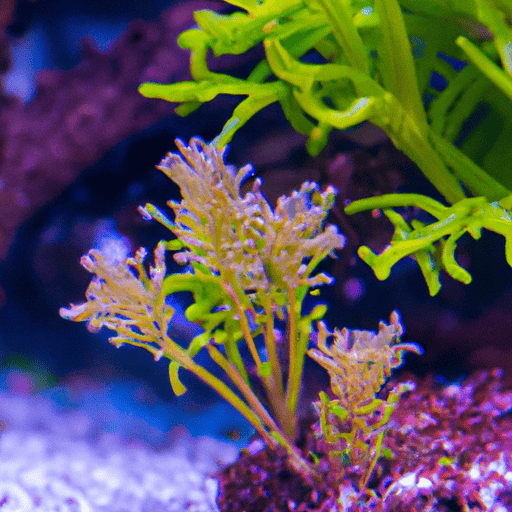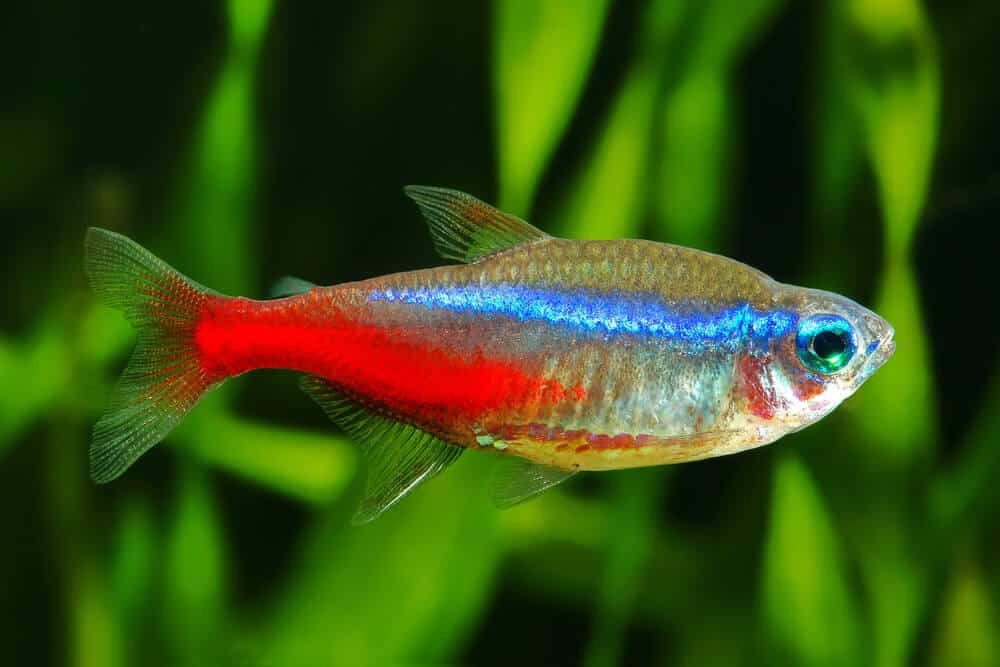Creating a homemade sponge filter is a simple and cost-effective way to improve the filtration in your fish tank. By following a few easy steps, you can provide a clean and healthy environment for your aquatic friends. In this article, we will guide you through the process of creating your very own sponge filter, using materials you may already have at home. Whether you are a beginner or an experienced fishkeeper, this DIY project is a great way to enhance the water quality in your tank and ensure the well-being of your beloved fish. So, let’s get started!
Materials needed
To create a homemade sponge filter, you will need the following materials:
Sponge
Choosing the right sponge is important for an effective filter. Look for a sponge that is large enough to fit inside the plastic bottle, but not so large that it blocks the airflow.
Air pump
An air pump provides the necessary airflow for the filter to function properly. Make sure to choose a pump that is suitable for the size of your aquarium.
Airline tubing
Airline tubing is used to connect the air pump to the filter. It should be long enough to reach from the pump to the filter and allow for easy placement.
Air stone
An air stone helps to distribute the air evenly throughout the sponge, maximizing its filtering capabilities. Select an air stone that is small enough to fit inside the bottle.
Plastic bottle
The plastic bottle will serve as the main body of the filter. Choose a bottle that is large enough to accommodate the sponge, airline tubing, and other components.
Scissors
Scissors are needed to cut the plastic bottle, airline tubing, and sponge to the desired size.
Rubber band
A rubber band will be used to secure the sponge to the bottle, ensuring it stays in place.
Aquarium tubing
Aquarium tubing will be used to create the inflow and outflow tubes, allowing water to be drawn into the filter and returned to the aquarium.
Check valve
A check valve prevents water from flowing back into the air pump, protecting it from damage. Make sure to choose a check valve that fits the size of your airline tubing.
Air-control valve
An air-control valve allows you to adjust the airflow to the filter, ensuring optimal performance. Select a valve that is compatible with your airline tubing.
Preparing the sponge
Choosing the right sponge
When selecting a sponge for your homemade filter, choose one that is coarse enough to trap debris, but not so dense that it restricts water flow. Synthetic sponges or aquarium filter sponges are ideal options.
Cleaning the sponge
Before using the sponge, it is important to clean it to remove any dirt or debris. Rinse the sponge thoroughly with water until it is free from any residue or impurities.
Cutting the sponge
Using scissors, cut the sponge to fit inside the plastic bottle. The sponge should be slightly taller than the bottle to ensure proper filtration. Trim the sponge as needed to achieve the desired height and shape.
Building the filter
Cutting the plastic bottle
Using scissors, cut the bottom portion of the plastic bottle to create an opening. This will serve as the entry point for water into the filter.
Attaching the airline tubing to the bottle
Insert one end of the airline tubing into the opening of the bottle. Secure it in place by using a rubber band, ensuring a snug fit.
Attaching the air stone
Take the air stone and attach it to the other end of the airline tubing. The air stone should be securely fastened to prevent it from moving or becoming dislodged.
Creating an inflow tube
Cut a piece of aquarium tubing and attach it to the airline tubing inside the bottle. This will create the inflow tube, allowing water to enter the filter.
Creating an outflow tube
Cut another piece of aquarium tubing to serve as the outflow tube. Attach it to the top of the plastic bottle, above the sponge. This will allow filtered water to return to the aquarium.
Setting up the filter
Choosing the right location
Select a suitable location for your homemade sponge filter. It should be near the aquarium and easily accessible for maintenance. Avoid placing it too close to any electrical outlets or devices that may be sensitive to water.
Attaching the airline tubing to the air pump
Connect the free end of the airline tubing to the air pump. Ensure that the tubing is securely attached to prevent any air leaks.
Attaching the inflow and outflow tubes to the aquarium
Submerge the sponge filter in the aquarium, making sure the sponge is fully submerged in the water. Attach the inflow and outflow tubes to the aquarium, securing them in place.
Attaching the check valve
Attach the check valve to the airline tubing between the air pump and the sponge filter. This will prevent water from flowing back into the air pump, protecting it from damage.
Adjusting the air-control valve
If desired, attach the air-control valve to the airline tubing between the air pump and the check valve. This will allow you to adjust the airflow to the filter, optimizing its performance.
Maintaining the filter
Cleaning the sponge regularly
To maintain the efficiency of the sponge filter, it is important to clean the sponge regularly. Remove the sponge from the filter and rinse it in aquarium water to remove any debris or accumulated dirt. Avoid using tap water or any cleaning agents, as they can harm the beneficial bacteria in the sponge.
Replacing or cleaning the air stone
Over time, the air stone may become clogged or dirty, affecting the airflow. Regularly check and clean the air stone by rinsing it in aquarium water. If it becomes heavily clogged or damaged, it may need to be replaced.
Checking the air pump and tubing
Periodically check the air pump and tubing for any signs of damage or leaks. Ensure that the air pump is functioning correctly and that the tubing is securely attached. Replace any damaged components as necessary.
Performing regular water changes
In addition to maintaining the sponge filter, it is essential to perform regular water changes in your aquarium. This helps to maintain water quality and prevent the buildup of harmful substances.
Troubleshooting
Lack of air flow
If you notice a lack of air flow, first check that the air pump is functioning properly and that the airline tubing is not blocked or kinked. Ensure that the check valve is not clogged and that the air-control valve is properly adjusted.
Excessive air flow
If there is excessive air flow, check that the air-control valve is not open too wide. Adjust it to reduce the air flow to an appropriate level. Additionally, check for any air leaks in the airline tubing or at the connections.
Water leakage
If you experience water leakage, check that all connections are secure and properly sealed. Ensure that the airline tubing is attached tightly to the bottle and that the inflow and outflow tubes are properly positioned in the aquarium.
Unstable water flow
If the water flow from the sponge filter is unstable, check for clogs in the sponge or debris obstructing the inflow and outflow tubes. Clean or replace the sponge as needed, and remove any obstructions to restore proper water flow.
Tips and precautions
Choose the right sponge size
Select a sponge that is appropriately sized for your aquarium to ensure optimal filtration. A sponge that is too small may not effectively capture debris, while one that is too large may impede water flow.
Avoid using chemicals or cleaning agents
When cleaning the sponge or other components, never use chemicals or cleaning agents. These can harm the beneficial bacteria in the sponge and disrupt the ecosystem of the aquarium.
Regularly check for clogs
Regularly inspect the sponge filter for any clogs or blockages. Remove any debris and rinse the sponge to ensure uninterrupted water flow.
Ensure proper attachment of components
Make sure all components of the sponge filter are securely attached and properly sealed to prevent any leaks or malfunctions.
Monitor the water quality regularly
Keep a close eye on the water quality in your aquarium, even with the sponge filter in place. Regularly test the water parameters and make adjustments as necessary to maintain a healthy environment for your aquatic inhabitants.
By following these steps and tips, you can create a homemade sponge filter for your aquarium. With proper maintenance and care, the sponge filter will effectively remove debris and offer a healthier environment for your fish and other aquatic life. Happy filtering!





